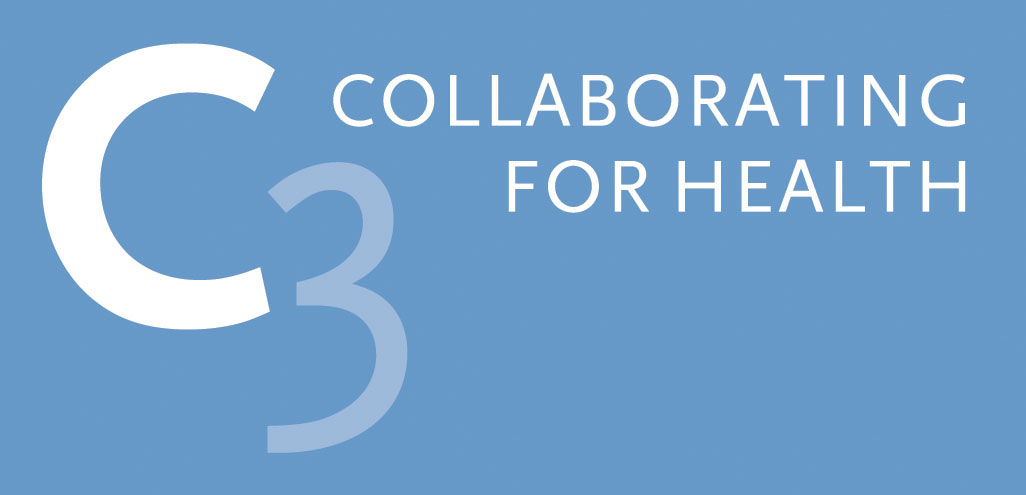Are three-letter acronyms (TLAs) harming health?
The debate: renaming non-communicable diseases
The Lancet journal has begun the debate about the terminology commonly used to describe what is currently our greatest health threat: that of those non communicable, chronic, lifestyle conditions that are the cause of premature death, disability and economic harm to people in all countries. In her guest post for C3, Charlotte Augst criticised the use of the term NCDs, saying none of the patient organisations she works with would choose to describe their work as being about non communicable diseases in the way that internationally focussed campaigners, and particularly those working with UN institutions do. While Dr Augst is scrupulous, the patients she represents are often referred to as having LTCs (long term conditions).
Recently I heard people talking about SDHs (Social Determinants of Health) which will immediately remove the pressure we all need to bring to tackle the causes of the causes of poor health: poverty, education, housing, employment and loneliness.
Is renaming NCDs enough?
The problem of TLAs (three-letter acronyms) is greater than just how to describe NCDs. Two very different examples:
- As a young student nurse, I boldly asked an eminent professor of surgery who had written TCI in a patient’s notes. Dismissively, he said “to come in”, i.e to be admitted to hospital;
- Talking with researchers keen to show the health benefits of pets, I was bemused by their reference to HAIs: did pets cause Hospital Acquired Infections I asked? Surprised, they were talking about Human Animal Interactions!
Do we use TLAs because we’re lazy? Or because we want to exclude people from our world?
Can acronyms work?
Acronyms can work: how many people remember AIDS is an acronym for acquired immune deficiency syndrome. Ironically, NCDs share the social justice issues of AIDS but cause 30 times more deaths and receive 17 times less funding [1].
C3’s colleague Andrea Feigl in the Lancet favours STCs “socially transmitted conditions”, although responses I have heard to that suggestion is immediately to point out the similarity to “sexually transmitted conditions”.
If not with a TLA, then how to describe non-communicable diseases?
We are all correct to be extremely worried that we are not winning the hearts and minds, or indeed the basic understanding of funders and policy makers, especially in the resource-poor countries. We have to describe and explain more graphically than any TLA will, exactly what we are talking about:
- I’m a nurse by background; I know what diabetes means: the main cause of adult blindness, amputation and kidney disease. I’ve seen people with COPD or heart failure unable to walk across their room because of breathlessness or angina. Once I learned that encouraging people to be more active, eat and drink better, and most of all to quit smoking could make such a difference to the quality and length of their lives I have been passionately committed to this cause, and C3 hopes to encourage the 20 million nurses [2] around the world to join this movement.
- These illnesses affect the poorest people in wealthy countries but particularly affect people in the poorest countries [3]. If the resource-poor countries follow the wealthy ones, they will define health as big hospitals, expensive drugs and major surgery which their rich citizens will be able to access, but the majority of their population will not. Here lie the seeds of inequity, anger and civil unrest. We need to work with investors to provide healthier environments, and with the food industry to provide safe, healthy, affordable products.
Let’s work together to use simple powerful language and use the stories of the people who experience these serious illnesses: most people with lung cancer quit smoking! Tell the stories of those who have found ways to make the changes, especially by working with local communities to improve their environment and life chances.
Read more about C3’s Healthy Communities project in Girvan and Halifax.
[1] L.N. Allen and A.B. Feigl, ‘What’s in a name? A call to reframe non-communicable diseases.’ (February 2017) The Lancet 5(2): e129–e130. http://www.thelancet.com/journals/langlo/article/PIIS2214-109X(17)30001-3/fulltext
[2] ‘Global strategy on human resources for health: Workforce 2030’, World Health Organization, 2015: http://who.int/hrh/resources/pub_globstrathrh-2030/en/, p. 40.
[3] ‘Noncommunicable diseases’, World Health Organization, 2017: http://www.who.int/mediacentre/factsheets/fs355/en/
